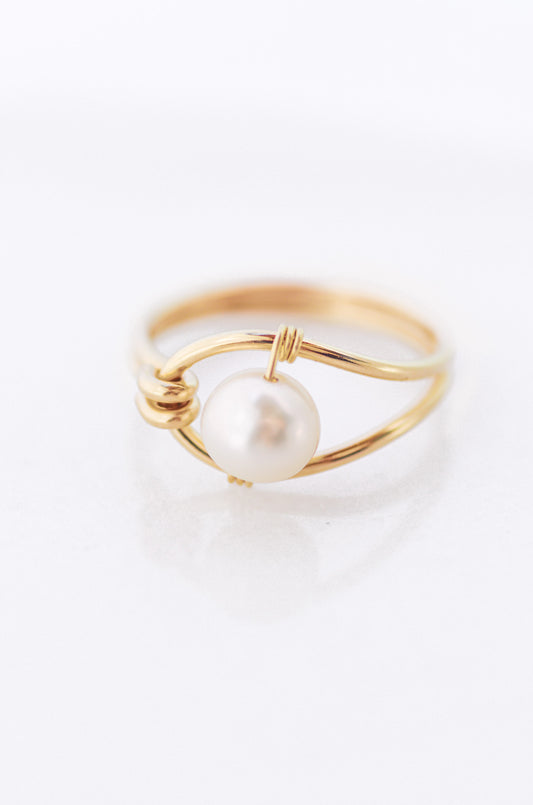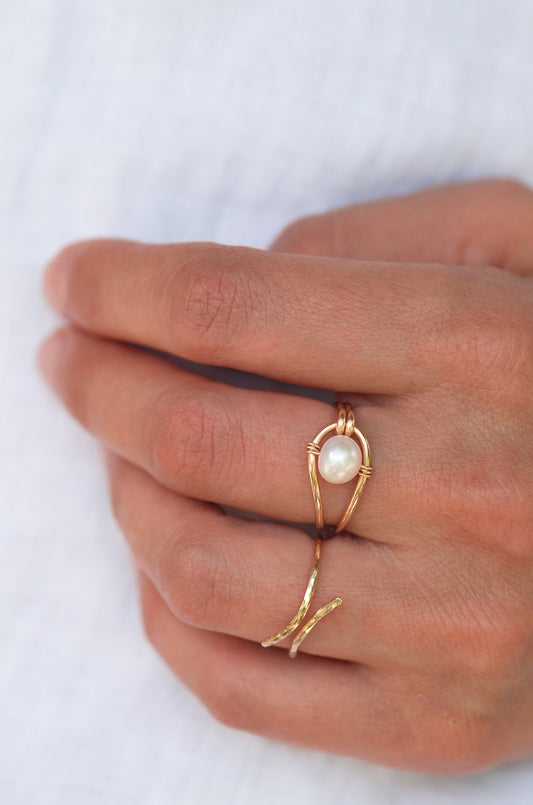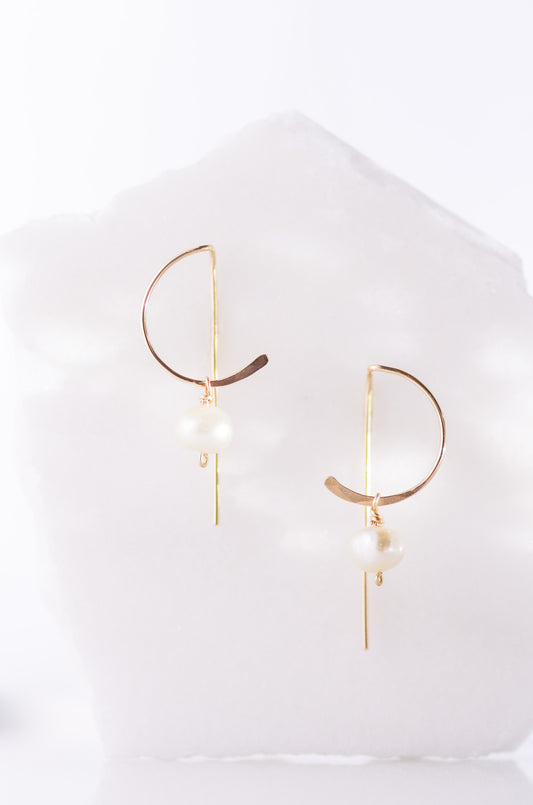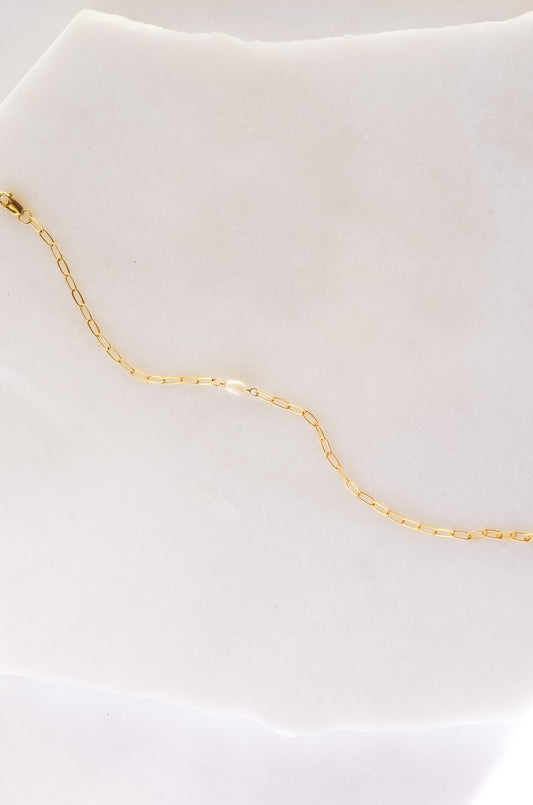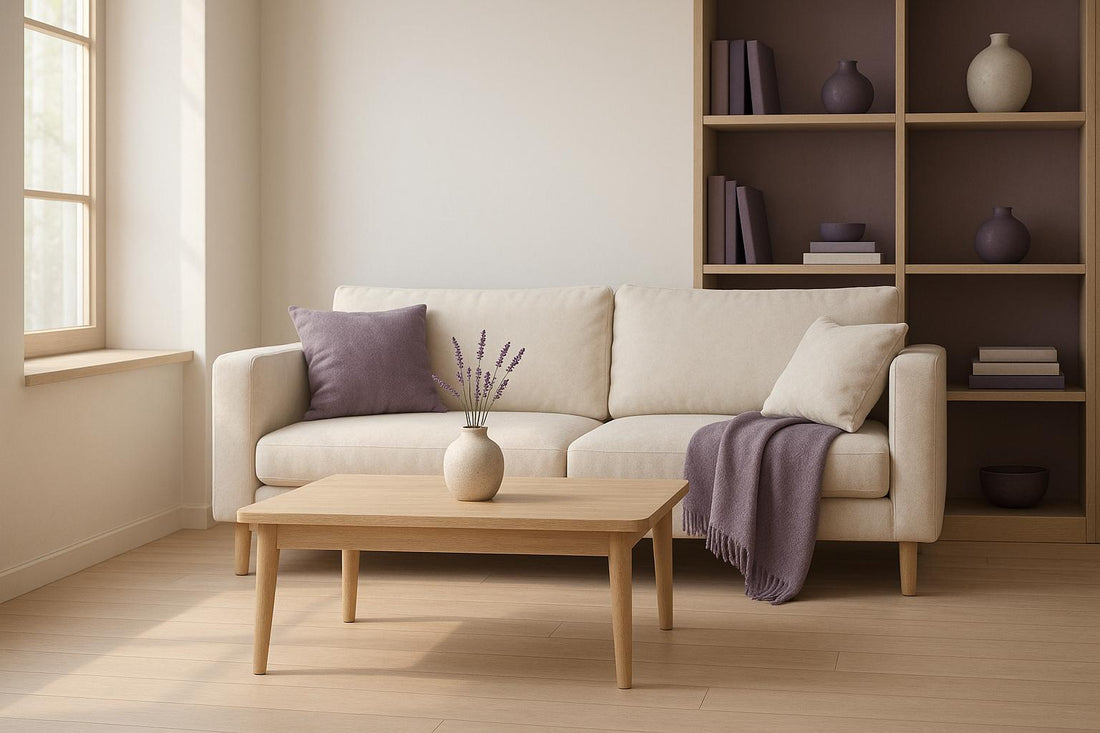
How Decluttering Encourages Intentional Living
Teilen
Decluttering isn’t just about tidying your home - it’s a way to simplify life, reduce stress, and focus on what truly matters. By removing items you no longer need, you create a space that reflects your values and supports mindful decisions. In Italy, this practice aligns with long-standing habits of valuing quality, durability, and resourcefulness.
Here’s why decluttering matters:
- Mental clarity: A clean space leads to reduced stress and better focus.
- Smarter spending: You become more aware of what you own, curbing unnecessary purchases.
- Sustainability: Less waste and more reuse contribute to a healthier planet.
- Family connection: Working together strengthens bonds and teaches mindful habits.
Start small - tackle one drawer or shelf at a time. Focus on keeping items that serve a purpose or bring joy. Over time, this process can transform both your home and your mindset, leading to a more intentional, fulfilling life.
Research Shows How Decluttering Helps
Studies reveal that mindful decluttering not only leads to a more organized home but also promotes better management of possessions and smarter spending habits. Beyond just tidying up, this practice encourages thoughtful consumption - a shift that many Italian households have embraced in their daily lives. These findings highlight how decluttering can positively impact various aspects of life, far beyond just a neat environment.
Better Mental Clarity and Less Stress
Mindful decluttering involves assessing belongings to determine what’s genuinely needed and what’s simply excess. This process helps create a sense of order and reduces feelings of being overwhelmed by cluttered spaces. By thoughtfully engaging with their possessions, individuals often report experiencing greater mental clarity and lower stress levels in their living environments.
Reducing Wasteful Spending
One key benefit of mindful decluttering is its ability to curb unnecessary spending. By carefully examining each item, people become more aware of what they already own, often uncovering duplicate items, unused purchases, or clothing that has never been worn. This heightened awareness naturally reduces the urge to buy impulsively and fosters more deliberate shopping habits[1]. Many participants also report feeling more satisfied with their existing possessions, which shifts their focus away from acquiring new items and toward appreciating what they already have[2][3].
More Generosity and Life Satisfaction
Decluttering doesn’t just clear physical spaces; it also cultivates a lifestyle centered around intentional living. By keeping only the items that truly matter, people often develop a deeper appreciation for their possessions and, in turn, feel a greater sense of life satisfaction[3]. This clarity encourages a mindset of sufficiency, where mindful consumption and a focus on what truly adds value lead to a more meaningful and fulfilling way of life. Additionally, many find joy in donating or giving away items they no longer need, further enriching their lives through acts of generosity.
Mindful Decluttering: How to Do It Right
Mindful decluttering isn't just about tidying up - it's about creating a space that reflects your values and supports a more intentional lifestyle. By focusing on thoughtful choices, this process not only transforms your physical environment but also reshapes your habits, helping to prevent future clutter.
Planning and Setting Goals
Start by imagining your ideal living space. What does it look like? How does it make you feel? Use this vision as your guide. Instead of diving into every corner of your home at once, focus on areas that cause the most stress - maybe it’s an overflowing wardrobe or chaotic kitchen drawers.
Break the process into manageable steps. Smaller spaces might only take an hour, while larger ones could require multiple sessions. Setting realistic timeframes helps you avoid feeling overwhelmed and keeps the momentum going.
As you sort through your belongings, consider the emotional connections you have to each item. Ask yourself if it still fits your current lifestyle. Documenting your progress can also be eye-opening. It reveals patterns in your consumption and helps you make more intentional decisions moving forward.
How to Buy Less in the Future
Decluttering isn’t just about getting rid of things - it’s also about making sure unnecessary items don’t creep back in. One way to do this is by prioritising quality over quantity. When making new purchases, focus on items that genuinely add value or serve a purpose in your daily life.
Introduce a waiting period before buying something new. During this time, ask yourself: Does this item truly enhance my life? Does it fit my lifestyle? Will it hold its value over time? This pause helps you avoid impulse purchases.
Think beyond the price tag. Consider the total cost of ownership, including durability and maintenance. Spending a bit more on a well-made item often saves money in the long run since you won’t need to replace it as often.
You can also align your spending with your values by researching the companies you buy from. Supporting brands that prioritise sustainability or ethical practices can make your purchases feel more meaningful. And when you do bring something new into your home, look for ways to extend its life through creative reuse or proper recycling.
Reusing and Recycling Items
Italy has a long tradition of resourcefulness, and you can honour that by finding new uses for old items. Before tossing anything out, think about whether it could serve a different purpose. For instance, glass jars can become storage containers, and furniture might find a second life in another room with a few adjustments.
Donating and gifting are also great options. Many local charities, schools, and community centres are happy to accept household goods, books, and clothing in good condition. Alternatively, a friend or family member might appreciate something you no longer need.
For items that can’t be repurposed or donated, take the time to learn about recycling options in your area. Many Italian municipalities offer specific guidelines for recycling electronics, textiles, and other materials. You might even consider selling valuable items through online platforms or local markets. This not only helps you recoup some of your investment but also ensures your possessions find a new home where they’ll be appreciated.
Family Decluttering as a Team Effort
Decluttering as a family transforms what might feel like an overwhelming solo task into a shared experience that brings everyone closer. What starts as organizing your home evolves into a meaningful journey toward living with intention. By working together, you not only make the process more manageable but also create opportunities to discuss values, habits, and what truly matters in your household. This team effort strengthens family bonds and lays the foundation for a more connected and intentional life.
Building Stronger Family Connections
When families declutter together, it naturally sparks conversations about shared goals and priorities. Decisions about what to keep and what to let go often reveal what each family member values most.
For instance, your teenager might insist on holding onto a stack of old T-shirts with sentimental value, while you’re eager to clear space in the closet. These moments of negotiation help everyone practice communication and compromise. They also encourage understanding - learning why certain items matter to others can deepen empathy and mutual respect.
Decluttering often becomes a chance to reflect on your lifestyle as a family. You might realize that everyone feels stressed by cluttered common areas or that certain purchases no longer bring the happiness they once did. These insights can lead to more mindful decisions about what you bring into your home in the future.
Teamwork plays a big role here too. When everyone has a part to play - whether it’s sorting items, packing donation boxes, or researching where to donate - each family member feels involved and invested in the outcome. This sense of shared responsibility often carries over into other areas of family life, like managing chores or making decisions together.
Getting Children Involved
Kids can be surprisingly enthusiastic about decluttering when tasks are tailored to their age and abilities. For younger children (ages 4-8), sorting items by type or color can feel like a fun game. You might ask them to gather books they’ve outgrown or toys they no longer play with, framing it as a way to help other kids who might enjoy those items.
Older kids, like those in the 9-12 age range, are ready for more responsibility. They can organize their own wardrobes or decide which art supplies they actually use. Many kids in this age group enjoy challenges - like seeing how many unused items they can find or competing to create the most organized drawer in the house.
Teenagers, on the other hand, often prefer having control over their own spaces. They might focus on decluttering their rooms while also contributing to shared spaces like the living room or kitchen. This gives them a sense of independence while teaching them how their belongings impact the rest of the family.
To keep things engaging, you can make it fun. Some families set up donation boxes for different categories - like clothes, books, and toys - and see which one fills up the fastest. Others turn it into a learning experience by researching local charities together to understand where their donations will go.
The key is to avoid overwhelming kids. Instead of asking them to tackle an entire room, break it down into smaller tasks, like one drawer or one shelf at a time. This approach makes the process feel manageable and helps build their confidence for future decluttering efforts.
Teaching Good Habits for Life
Decluttering as a family is more than just tidying up - it’s an opportunity to teach kids about mindful consumption. When children help decide what to keep, donate, or recycle, they start to see how quickly possessions pile up and begin to question whether new purchases are necessary.
These moments often lead to natural discussions about money and value. Kids start to understand that buying something isn’t just about spending money - it’s also about committing space and attention to that item. They might begin asking questions like, “Where will I put this?” or “Do I really need another one?” before requesting new things.
Decluttering also fosters environmental awareness. When kids see how much packaging comes with their belongings or research how to recycle different materials, they start to grasp their impact on the planet. This awareness often influences their future choices, making them more thoughtful about what they ask for and how they care for their possessions.
Many families notice that kids who regularly participate in decluttering become more generous and community-focused. They understand that their unused items can bring joy to others and might even suggest organizing donation drives at school or in the neighborhood. This shift from accumulating to sharing reflects a deeper understanding of living with intention.
The habits children learn during these sessions often stick with them into adulthood. Growing up in a home where possessions are thoughtfully managed teaches them to create organized, intentional spaces later in life. They learn that being selective about what they own and taking care of their belongings leads to a calmer, more purposeful way of living.
Regular family decluttering - whether it’s every few months or twice a year - helps reinforce these habits. Over time, these sessions become less about getting rid of things and more about choosing what truly deserves a place in your home and your life.
sbb-itb-2024ddf
Decluttering for Less Wasteful Living
Bringing mindfulness into decluttering can lead to more thoughtful and sustainable living. By focusing on reducing waste, decluttering becomes more than just organizing - it becomes a way to embrace intentional consumption. The key is to plan ahead, considering how each item can be reused, repurposed, or responsibly passed on.
Fast vs. Slow Decluttering Methods
How quickly you declutter can influence both the amount of waste generated and the sustainability of your efforts. Decluttering quickly can feel energizing and help you see immediate results. But this approach often skips over opportunities to donate, recycle, or reuse items, which can lead to unnecessary waste.
On the other hand, taking a slower, more deliberate approach allows you to explore options like donation, recycling programs, or swapping items with others. This method not only reduces waste but also encourages habits that extend the life of your belongings. By being intentional, you can ensure fewer items end up in landfills and more find new purposes.
Reusing Items and Making Ethical Choices
What happens to your decluttered items matters just as much as the act of decluttering itself. Donating items in good condition is a great start, but it’s important to check what local organizations actually need. This ensures your donations are useful and not a burden.
For items that can’t be donated, look into local recycling programs or community sharing platforms. Apps and social media groups dedicated to neighborhood exchanges can help you find someone who might need what you no longer do. Taking the time to plan where your items will go before you start decluttering ensures each item is handled responsibly.
Supporting Brands That Match Your Values
Decluttering doesn’t just clear physical space - it can also help you rethink your buying habits. With fewer items around, you might start prioritizing quality over quantity, choosing products that are built to last instead of ones meant for short-term use.
For instance, brands like Rays & Riches stand out for their commitment to ethical production and sustainable design. Their focus on quality craftsmanship makes their products long-lasting investments, aligning with Italian values of durability and thoughtful consumption. Choosing such brands not only enhances your personal style but also contributes to a more sustainable way of living. These mindful decisions reflect a dedication to intentional living and a respect for the environment.
Decluttering and Italian Values
Italian culture has long been rooted in principles that naturally align with mindful living and thoughtful consumption. These values offer a unique perspective on decluttering - one that goes beyond simply tidying up. Instead, it’s about creating a home and lifestyle filled with purpose and meaning. By blending these traditions with modern ethical choices, Italy’s heritage provides a rich foundation for sustainable decluttering practices.
Italian Focus on Quality and Durability
The Italian idea of "fatto bene" (well-made) reflects a deep appreciation for quality and longevity. This mindset encourages the purchase of fewer, high-quality items that are built to last, reducing the need for constant replacements. When you prioritize quality over quantity, you naturally minimize the clutter that comes from disposable, short-lived products.
Historically, Italian artisans have built their reputations on crafting items that stand the test of time - pieces that can even be passed down through generations. Investing in such items might mean a higher upfront cost, but it avoids the endless cycle of buying and discarding inferior alternatives. Whether it’s a handcrafted leather bag or a piece of furniture, these items serve multiple purposes and retain their value over time.
By embracing the "fatto bene" philosophy, you transform your space into one filled with timeless and meaningful possessions. Every purchase becomes a deliberate choice, ensuring it meets the standard of quality and purpose that Italian tradition celebrates.
Waste Reduction in Italian Traditions
Italy’s focus on durability naturally extends to a culture of resourcefulness. The practice of "fare con quello che si ha" (making do with what you have) is a long-standing tradition in Italian households. This principle encourages repurposing and reimagining items instead of discarding them, reducing waste while sparking creativity.
For example, vintage fabrics might be turned into new garments, old furniture can get a fresh coat of paint, and family heirlooms are often adapted for modern use. These traditions honour the craftsmanship and history of objects while preventing unnecessary accumulation. It’s a practical and sentimental approach that resonates with modern decluttering advocates.
Another Italian habit that supports sustainable decluttering is seasonal storage and rotation. Instead of keeping everything accessible year-round, many households carefully store seasonal items, creating a sense of order and space without permanently discarding useful belongings. This thoughtful system helps maintain a balance between keeping what’s necessary and avoiding clutter.
Supporting Ethical and Local Products
In recent years, Italian consumers have increasingly valued transparency in production and ethical sourcing, especially when these align with traditional craftsmanship. This preference supports local artisans and small businesses that prioritize quality and sustainability over mass production.
Take brands like Rays & Riches, for example. They embody Italian values by repurposing vintage pearls and gemstones, reflecting the tradition of renewal and resourcefulness. Their use of ethically sourced metals and chemical-free bonding processes aligns with Italy’s appreciation for both environmental care and high-quality craftsmanship.
The emphasis on local production and personal connection is deeply tied to Italian values of community and artisanal excellence. Supporting small-scale, ethical brands not only reinforces these traditions but also complements intentional living. By choosing products made with care and designed to last, you reduce the chances of regretful purchases that contribute to clutter.
Ultimately, the Italian preference for supporting local and ethical businesses creates a positive cycle. It aligns with the principles of mindful consumption, ensuring that every purchase adds value to your life while respecting the environment and community.
Conclusion: Living with Purpose Through Decluttering
Main Points to Remember
Decluttering isn't just about organizing your space - it’s about embracing a more thoughtful way of living. By letting go of excess possessions, you create room for clarity, reduce stress, and improve focus in your daily life [4].
This process encourages a shift in priorities, moving away from collecting material goods toward valuing meaningful experiences, stronger relationships, and personal growth [4][5]. As you sort through your belongings, you might notice patterns of impulsive buying and start to appreciate what you already have. Over time, this awareness can lead to more deliberate spending habits [5].
Your home can transform into a peaceful retreat - a place that nurtures relaxation and recharges your mind. Beyond that, the skills you develop while decluttering - like mindfulness and thoughtful decision-making - can positively influence other aspects of your life, from managing your time and finances to strengthening relationships [4]. Living with less can also inspire a sense of contentment, steering you away from the constant pursuit of new possessions and contributing to less waste [5].
These benefits pave the way for meaningful, lasting change.
Starting Small to Make Change
The best way to begin decluttering is to start small - tackle just one drawer, shelf, or corner. Take a moment with each item and ask yourself: Does this serve a purpose or bring me joy? Reflect on whether it’s something you genuinely need or if it’s simply been kept out of habit.
Consistency is more important than striving for perfection. Each small step builds momentum toward a more intentional lifestyle [4][5]. As you notice the mental clarity and stress relief that come with an organized space, you’ll feel inspired to bring these principles into other areas of your life. Decluttering doesn’t just clear your home - it mirrors the mindful and ethical values we’ve explored in this article.
Ultimately, decluttering is about letting go of both physical and mental weight [4][5]. By starting small and staying consistent, you’re not just tidying up - you’re laying the groundwork for a life that’s more intentional, meaningful, and satisfying.
FAQs
What’s the best way to start decluttering if I feel overwhelmed by all my belongings?
Feeling swamped by clutter? You're not alone, and the good news is that tackling it bit by bit can make a world of difference. Start small - pick a single spot, like a drawer or a shelf, and work on clearing just that area. Completing even one small task can give you a sense of achievement and motivate you to keep going.
Begin by getting rid of the obvious - broken items, things you haven’t used in ages, or anything that’s just taking up space. If the idea of decluttering feels overwhelming, try setting a timer for 15 minutes a day. This keeps the process manageable and less intimidating, allowing you to chip away at the mess without adding stress.
Decluttering isn’t a race. It’s about creating a space that aligns with what matters most to you and supports a more thoughtful way of living. Take it slow, and don’t forget to enjoy the journey!
What are the best ways to keep your home clutter-free after decluttering?
To keep your home free of clutter, start by giving every item its own designated spot. When everything has a place, it’s much easier to prevent mess from creeping back in. Spend a few minutes daily tidying up these areas to keep things neat and manageable.
Simple habits can make a big difference. For instance, try the "one in, one out" rule: whenever you add something new to your home, remove something old. Also, aim to keep your storage spaces no more than half full. This not only makes items easier to access but also avoids overcrowding. Instead of always buying new things, consider upcycling or finding new purposes for items you already own. It’s a great way to cut down on waste and unnecessary spending.
By sticking to these small but impactful routines, you’ll create a living space that feels more intentional and balanced.
How can decluttering help create a more sustainable and intentional lifestyle?
Decluttering supports a more mindful approach to living by encouraging you to focus on what genuinely matters. When you prioritize items that truly serve a purpose or bring joy, you naturally cut back on unnecessary purchases and reduce waste. This shift not only simplifies your life but also helps lower your environmental footprint.
By buying less and discarding thoughtfully, you reduce the demand for products that rely heavily on resources and energy to produce. Less waste means fewer items end up in landfills, helping conserve natural resources. Over time, this approach nurtures habits that are kinder to the planet while promoting a more intentional and balanced lifestyle.

